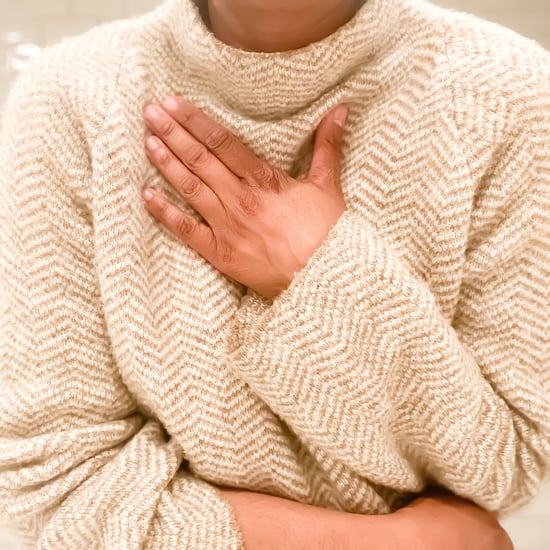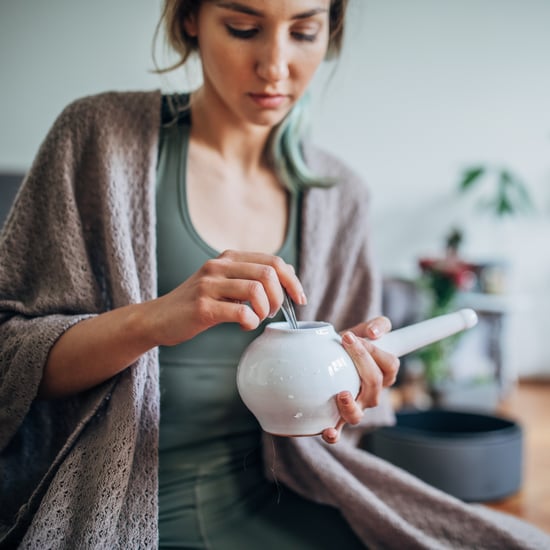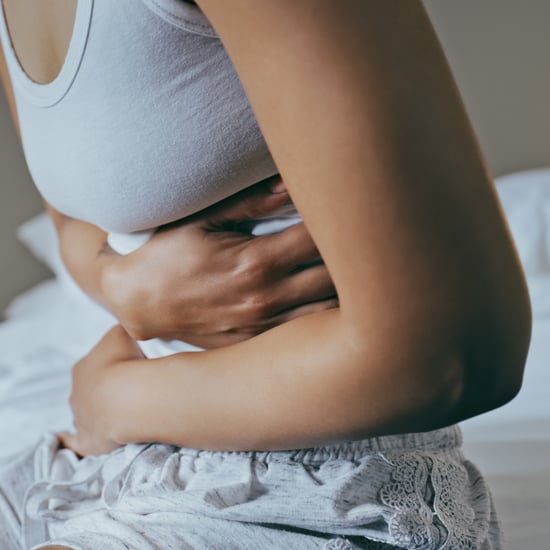What to Do For Constipation
A Lady's Guide to Constipation: Everything You Ever Wanted to Know

There are few things quite as miserable as being unable to take a crap. It's not sexy to think about or discuss, but devising a plan to cope with your constipation— whether chronic or occasional — is necessary. Here's a quick primer so you can get back to feeling your best and start using that poop emoji in a less literal way.
What Causes Constipation
The biggest culprit for ending up a little backed up is basic changes in lifestyle habits, such as not eating enough fiber, drinking too little water, or not getting enough exercise. Travel, especially long flights (who the hell wants to use the crapper on a JetBlue airbus?), can throw off your bathroom habits and gut health as well. In women, constipation is also linked to hormone levels (GI issues often ebb and flow with one's monthly cycle). Certain over-the-counter and prescription medications can make stool passage much harder, such as narcotic painkillers, certain antidepressants, and iron supplements. Constipation can also be a symptom of more serious health conditions such as ovarian cysts and hypothyroidism. But before you start setting up appointments to see specialists, realize that the extra time you're spending on the throne is more likely a result of that gut bomb burger and french fries you had for dinner the other night.
How to Save Your Ass
If you're on good enough terms to talk about poop with your friends (who isn't?), you'll quickly discover that nearly everyone has a constipation home remedy they swear by. One easy one that requires very little effort includes drinking several glasses of ice cold water with fresh lemon. The citric acid in lemon juice acts as a stimulant to your digestive system. Coffee is, of course, another popular beverage of choice. One friend of mine swears that simply eating "a big-ass meal," is likely to resolves the problem. Worth a try, I guess, but don't make that a pizza or something else that might be potentially binding.
Many people find high-fiber foods resolve the problem. The poster child constipation reliever is, of course, prunes, but nearly every other dried fruit can provide the same benefits. Vegetables — especially the cruciferous types and leafy greens — often do the trick for some. Seeds (including sesame, chia, and flax) often set things right again. Regardless of what you try, it's critical to up your water intake significantly. At least nine cups a day, but drink even more if possible.
Bring Out the Big Guns
OK, girl, let's take a virtual trip to your local CVS. (No need to worry about a run-in with your ex). Behold the aisle of gastrointestinal ills. Somewhere between antacids and hemorrhoid creams, there's a section for the poop deficient. Some of the offerings are drinks and pills and others are things to stick up your butt, which may make you feel a little too grown up, but hey, you gotta do what you gotta do. Here are the typical offerings.
Stimulant laxatives: In the world of OTC products, these types of laxatives are the most popular because they deliver fast relief. Bisacodyl (Dulcolex, Correctol) and Sennosides (Ex-Lax, Senna) work by stimulating certain nerves that control the GI tract, namely within the colon wall, which cause contraction of the colon muscles that help stool move through fast. Most of the pills deliver on their promise in eight hours, so it's often recommended to take at bedtime. They are likely to cause some cramping, and too large of a dose could cause diarrhea, but they're generally safe. These types of laxatives are also available in suppository form, which are even more fast-acting. They'll probably solve your problem within an hour or so.
Osmotic laxatives: Products that contain milk of magnesia, magnesium citrate, sorbitol, polyethylene glycol, and lactulose work by drawing water into the colon, which softens stool and helps stimulate colon nerves to move things through faster. Many people choose this type of laxative because it causes less cramping. Popular brand names are Miralax, Philips' Milk of Magnesia, and Citroma. Many of these come in liquid form if you prefer a cocktail over a pill. They also take roughly six to eight hours to work, and many people report they're gentler than stimulant laxatives.
Stool softeners: These do exactly what you would think they do to your doo-doo. Make it less hard so it's easier to pass, which is likely to be all you need. Look for products that contain docusate sodium.
Bulking agents: This is the stuff you probably noticed in your grandparent's home. Metamucil has long been a mainstay among families that don't eat enough fiber. These products, which are available in powder and pill form, are infamous for causing bloating and a lot of gas and their grittiness that is not enjoyable to drink. A big bowl of bran flakes will probably do the same thing in the end and might taste better.
Enemas: This essential staple in ERs and nursing homes is for true emergencies, since they provide instant relief by cleaning out the rectum. They're often a last resort measure as a take-home DIY remedy. Just choose a basic saline one over mineral oil. And yes, it's probably time to see a doctor.







